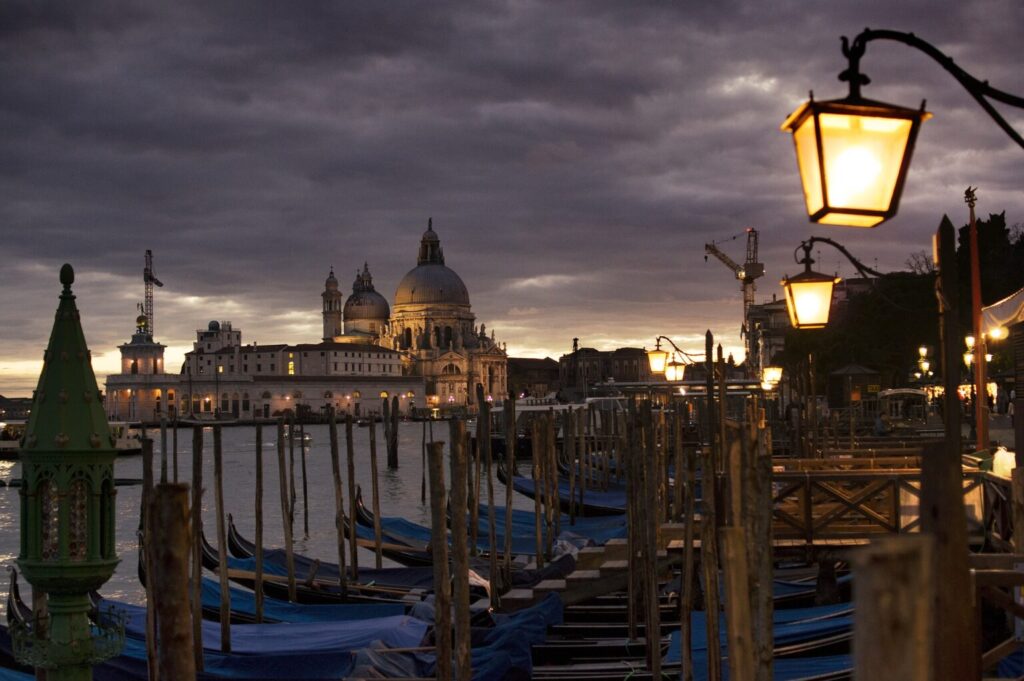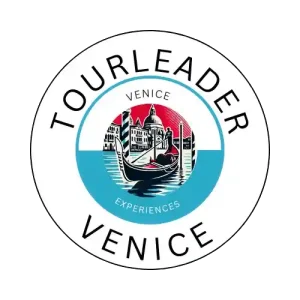Everything You Need to Know About Venice: Answering Google’s Top Questions

What to Do in Venice — The Ultimate Local Guide by Tour Leader Venice What to Do in Venice — The Ultimate Local Guide Venice isn’t just a destination — it’s an emotion. A floating city built on water and imagination, where every canal, bridge, and hidden courtyard has a story to tell. Whether you’re […]

